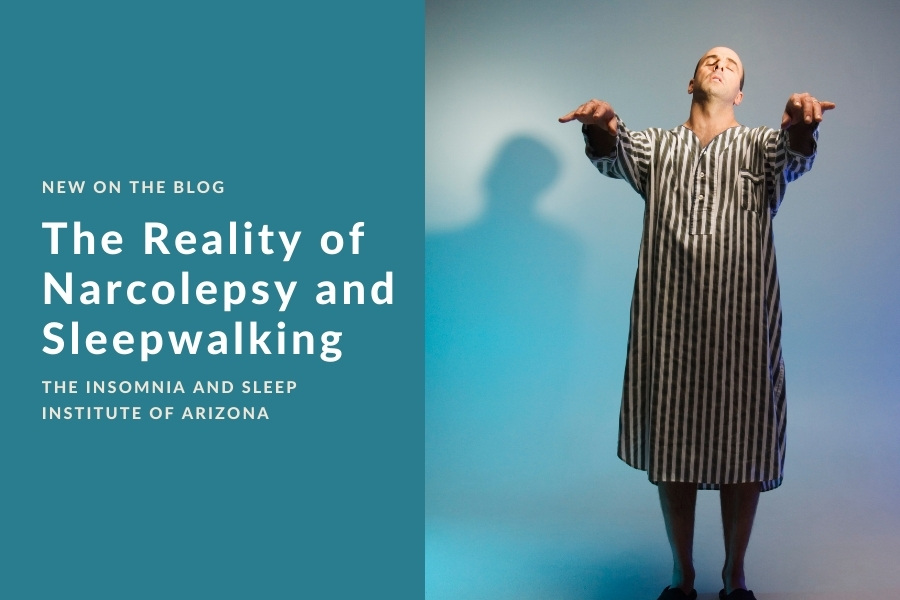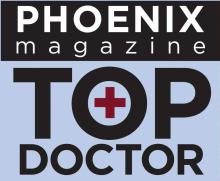People have very clear images of what they imagine when they think about sleepwalking and narcolepsy today, often fueled by movies. At The Insomnia and Sleep Institute of Arizona, we often have to educate patients on what these sleep disorders actually look like—but sometimes, in rare cases, they are just what you imagine. Narcolepsy and sleepwalking are two different sleep disorders, but between 20 – 60% of narcoleptic patients also exhibit other sleep disorders such as non-REM parasomnias like sleep walking, sleep talking, and sleep terrors. This is the case of one woman in England whose story was recently covered by the Daily Mail after she punched her husband and coated the family dinner in Mr. Muscle cleaner during a sleep walking episode.
Lynne Hughes told reporters that she typically “falls asleep” upwards of six times daily, usually after laughing or crying. These episodes are so common that she says she’s been robbed twice after falling asleep on the street. Diagnosed with both narcolepsy and cataplexy, Hughes will likely soon be diagnosed with sleepwalking as well considering the recent incidents.
One Woman’s Life with Severe Sleep Disorders
Narcolepsy and cataplexy are also two different disorders. Unlike narcolepsy, in which the person is asleep, cataplexy forces the muscles into complete relaxation so they cannot move—even though the person is still fully conscious. She vividly recalls the times she had her phone and credit cards stolen by thieves and that they pretended to help her so that no passerby would pay attention to the theft in progress.
Hughes says that she often finds herself “acting out” her dreams while sleepwalking. This has led to the family moving the bathtub so she doesn’t mistake it for a bed, and she no longer uses a kettle for fear of her sleep disorders occurring while making tea. Hughes calls her sleep disorders “life changing,” as she does not venture out alone anymore and carries little cash with her.
Life with a Sleep Disorder
It is estimated that narcolepsy affects 30,000 people in Britain, about 0.05 percent of the population, though not often to the degree to which Hughes suffers. Narcolepsy is marked more often by excessive sleepiness as the brain struggles to regulate a healthy sleep-wake cycle. Narcolepsy does not necessarily have triggers, but cataplexy often does. Strong emotions are often associated with a cataplexic episode.
Hughes describes how when her husband makes her a drink, he puts it in a flask. “I’ll fall into automatic behavior,” she says. “My brain will cycle in and out of a sleep state and my body will carry on going, so I’ll wake up to find I’ve made a sandwich.” She describes lacking any fine motor skills during these episodes—which can sometimes be dangerous. If her husband had not noticed that she once sprayed dinner with a chemical cleaner, the entire family might have been at risk.
Sleep Disorder Management
Hughes was diagnosed with narcolepsy in 2009, but suspects she has had it for much longer. She recalls instances as a teenager where she’d wake up suddenly in class but thought it was typical teenage fatigue. “I’m basically the textbook worse-case scenario,” she says. “I had to do away with the bath because I’d sink down and I could feel myself start to drown but I couldn’t do anything about it.”
Hughes is sharing her story in the hopes of raising awareness of sleep disorders. She recalls that she saw numerous doctors and specialists, and many misdiagnosed her with depression and fatigue. It wasn’t until she saw a documentary on narcolepsy that she sought out the help of a sleep doctor.
The good news is that there are tools for treating and/or managing all sleep disorders including sleepwalking and narcolepsy. If you suspect that you or your child has a sleep disorder, the sooner you get a consultation with a sleep specialist who can diagnose and direct testing and treatment, the better. Just like any condition, you are putting yourself at increased risk and living a lower quality life without a sleep specialist’s help. No referrals are necessary at The Insomnia and Sleep Institute. To schedule your consultation, simply call the office or complete the online form.





